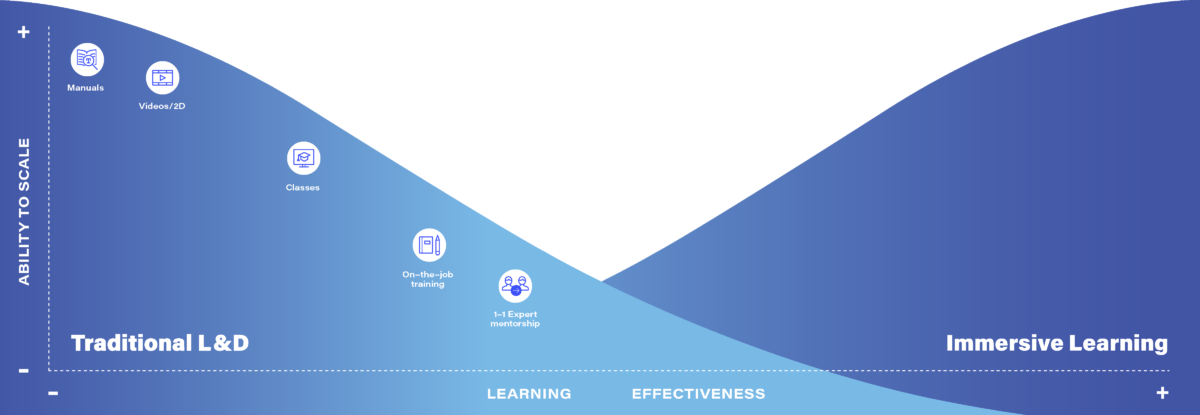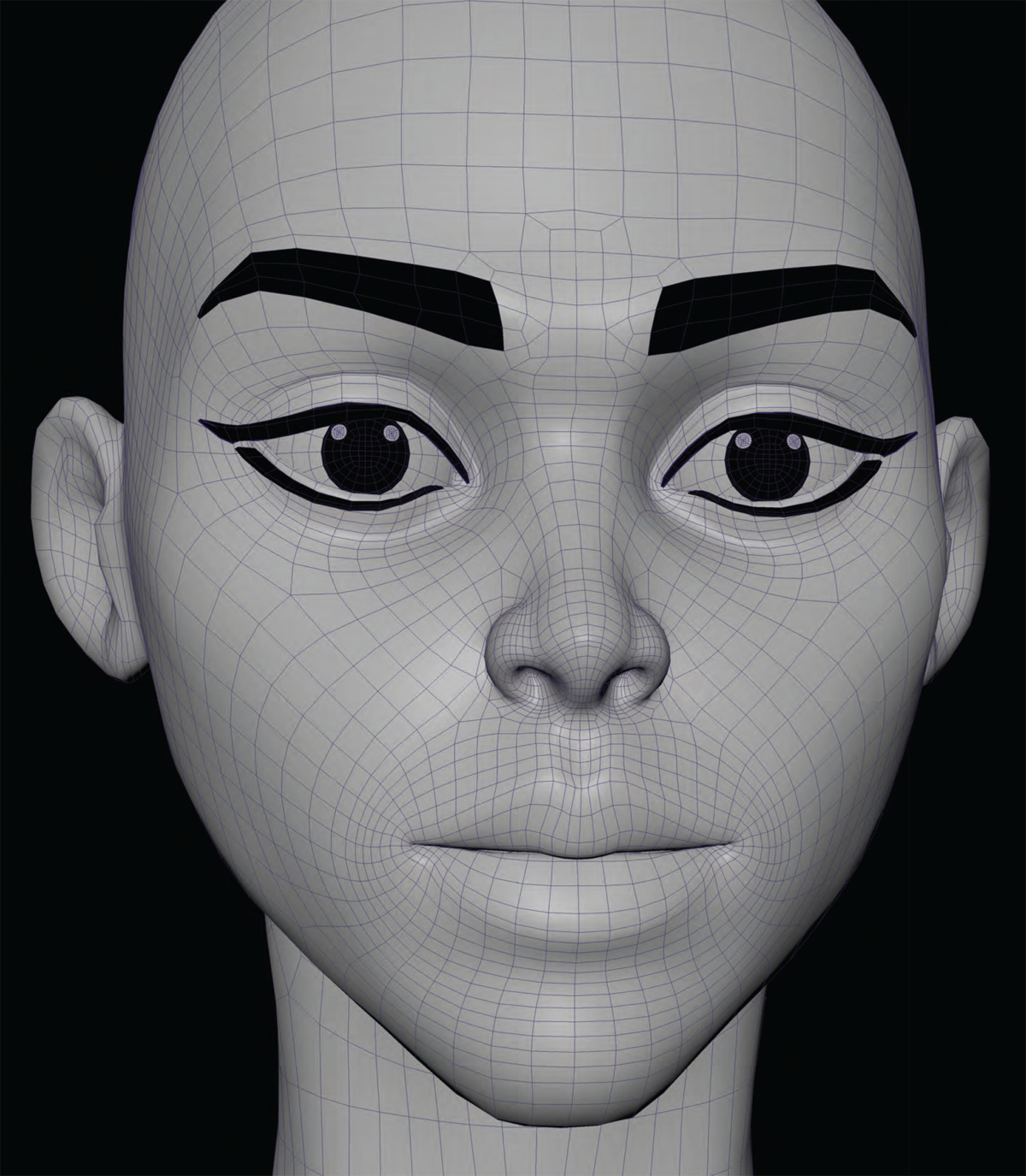The ‘war for talent’ is real, and the value candidates now place on learning and development plays a critical role in their assessment of potential job opportunities. Additionally, for organizations that have historically experienced high employee turnover, ensuring speed-to-efficiency for new and promoted workers is imperative. Training is now becoming a key differentiator, both in driving overall business performance and offering an employee experience more clearly focused on personal growth and career development.
Reskilling and upskilling employees is also making front page news. Recently, Amazon said it will spend $700 million to retrain 100,000 workers transitioning to new positions.1 Sephora and Starbucks undertook company-wide empathy training after high-profile incidents led to accusations of bias and insensitivity. Starbucks and Sephora closed all of their stores nationwide during their trainings, which led to millions in lost profits (an estimated $12 million2 in Starbucks’ case.)
This investment in training is important, but it can be complex and costly. The question is how can enterprises achieve these massive undertakings at a reasonable cost and at scale, considering the massive number of employees they must reach? And doing it in a way where employees are fully engaged, better prepared, and ready to perform. One-on-one coaching is the ideal approach but not in any way scalable or cost effective. This is why companies are looking to transform their training programs and we are now seeing the accelerated adoption of Immersive Learning.
Immersive Learning is an experiential training methodology that uses Virtual Reality (VR) to simulate real- world scenarios in a safe, controlled, and engaging environment. It provides the benefits of on-the-job, individualized training, but in a way that is easily accessible and scalable, and much more engaging and effective for learners.

Training the brain more effectively with VR
Traditional training methods rely on manuals, textbooks, videos, and lectures, much of which doesn’t engage learners and leads to low retention of the content. VR allows us to drive true behavioral change by strengthening the brain’s connections to translate learning to real life, on-the-job events and decision making. Recent studies have validated this by showing that retention rates more than double when participants were exposed to new information through an Immersive Learning environment versus traditional methods.3
Through specific spatial design, the brain perceives VR environments to be indistinguishable from reality. While a user is still consciously aware that they are in a simulated environment, the brain responds as if it were an actual, real-life experience — everything from a user’s balance to cognition, visual processing, spatial awareness, and more. VR gives users a sense of “learning by doing,” but without actually “doing.” This is especially important in roles where “doing” in the real world is really difficult, whether due to the nature of the task being impossible, dangerous, or expensive to simulate.
VR also offers on-demand access, allowing for repetitive learning to develop the muscle memory needed to achieve proficiency. This opens up numerous opportunities for workplace training, to which previous classroom or seminar training models simply cannot compare.
For example, JetBlue ground technicians use VR to learn how to properly inspect the A320 family of aircraft, building expertise through repetition to quickly identify mistakes on a “dirty” plane. In the commercial airline industry, training technicians using real equipment means taking an aircraft out of commission or renting it at significant cost. VR addresses these challenges by simulating the scenario without ever needing access to an aircraft.

Building Soft Skills in VR
Soft skills are incredibly important as well, especially for employees in customer- facing roles that represent their brand to the public on a daily basis. Skills including communication, collaboration, emotional intelligence, and empathy are difficult to teach in a classroom setting, but are becoming essential skills as the workplace evolves socially and technologically.
VR is particularly well-suited for soft skills training, and allows users to engage in exercises, and practice real responses based on emotion. Decision-making, handling conflict, and creating emotional empathy can be developed and improved quickly. For example, one retailer is leveraging VR as a practice and assessment tool for developing empathy for its customer-facing staff. Before VR training, 59% of these associates considered themselves very or extremely confident in dealing with an upset customer. After VR training, that number rose to 96%.
Scale without compromise
With VR-based training, employers are no longer forced to choose between scalable learning and effective learning. We have seen this benefit in action at Walmart with 17,000 VR headsets being used across nearly 4,600 stores to train 1M+ associates. From training new associates how to restock a wet wall or seasoned associates how to use new equipment or improve customer service skills, Walmart has been able to significantly reduce training times while providing consistent, on-demand training en masse.
The Bottom Line
It’s a new era in learning, with leaders more focused on scaling effective training that offers better engagement for employees and improved on-the-job-performance. It’s about providing new learning opportunities throughout an employee’s career for everything from operational efficiency and customer service to empathy, soft skills, and even dangerous situations. VR is transforming the employee journey and is now driving learning to a new level, preparing workers for roles of the future.
- PressAboutAmazon.com: Amazon Pledges to Upskill 100,000 U.S. Employees for In-Demand Jobs by 2025 (July 11, 2019)
- USA Today: Starbucks’ racial-bias training will be costly, but could pay off in the long run (May 26, 2018)
- UploadVR.com: Research Study Suggests VR Can Have A Huge Impact In The Classroom (Nov 30, 2016)
